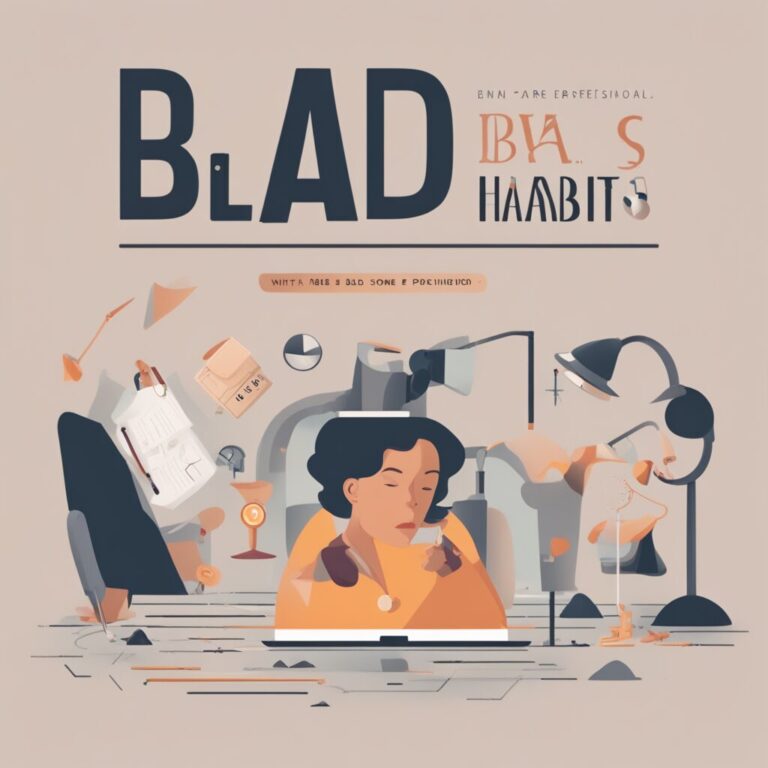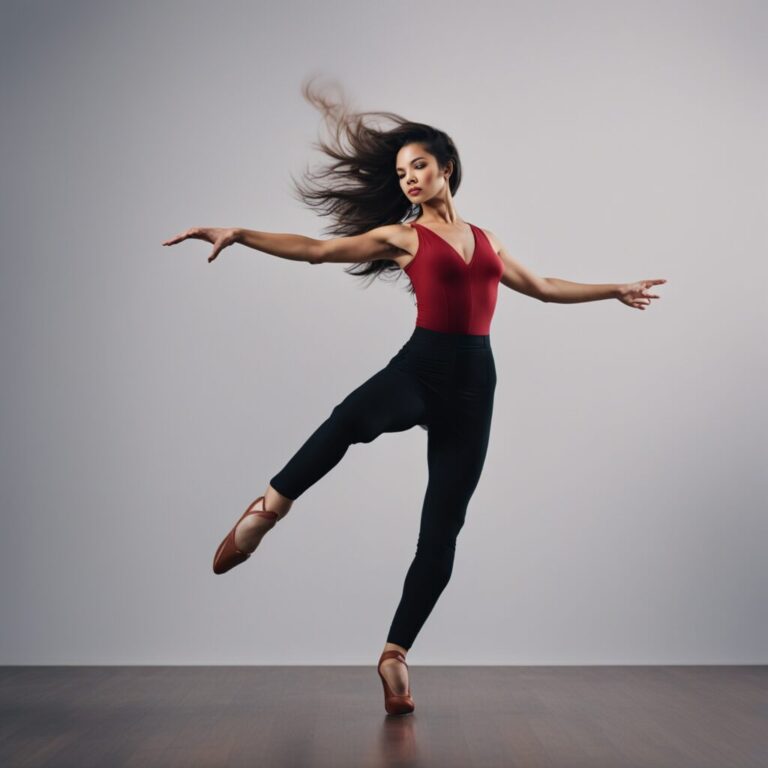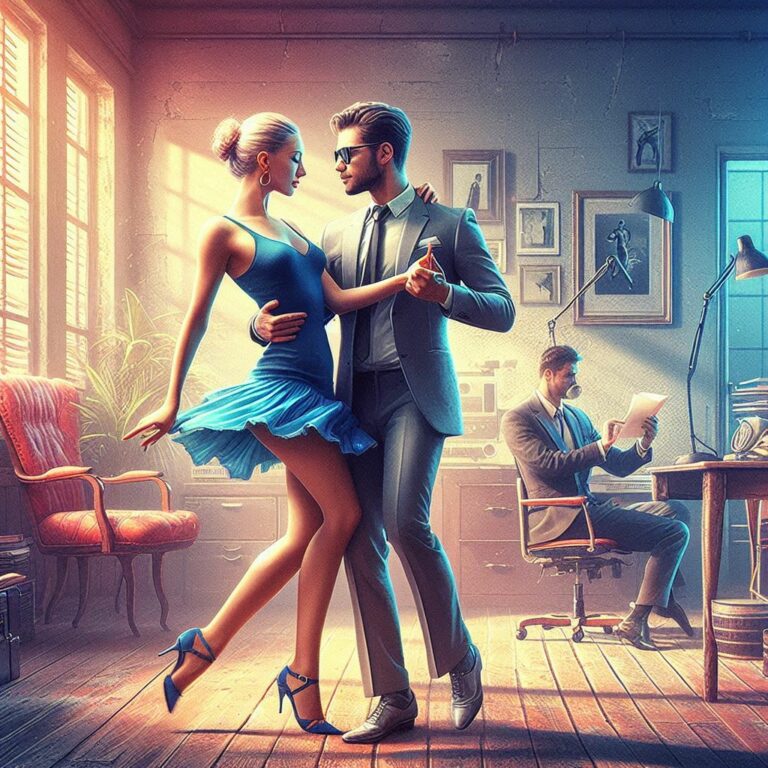“`html
Is It Rude to Backlead in Dance Classes?
In dance classes, particularly those focused on partner dances like Salsa or Bachata, a common issue arises: backleading. This happens when a follower takes over the lead during a class, executing moves independently of the leader’s signals. But is this behavior considered rude, or is there a method to the madness? Let’s dive into the nuances of backleading and understand the perspectives from both sides of the dance floor.
Understanding Backleading in Dance Classes
Backleading occurs when the follower anticipates or initiates moves without waiting for the leader’s cue. While often seen as a way for followers to practice new moves, it can lead to misunderstandings and sometimes, embarrassment.
Why Does Backleading Happen?
- Learning Environment: In classes, beginners are all learning, and mistakes are common. Followers might backlead to cope with inconsistent leading or to ensure they get practice with the moves.
- Leaders’ Intentions: Some leaders pause or alter moves to help followers improve their following skills, but this can be misinterpreted as a test or a way to embarrass the follower.
Opinions from the Dance Community
Here are some insights gathered from dance enthusiasts:
- It’s Not Always Rude: Many understand that backleading can occur due to the nature of learning environments, especially when everyone is still mastering the basics. However, it’s generally not encouraged as a long-term solution.
- Communication is Key: Some suggest that if leaders feel followers are backleading too often, they should communicate this directly, perhaps by asking for feedback or discussing techniques with instructors.
- Learning Dynamics: Followers might backlead to get through a move they’re struggling with, or because they’re focusing on their technique amidst the class’s noise and instructions.
How to Handle Backleading
Here are some constructive approaches to manage or reduce backleading:
- Instructors’ Role: Teachers can incorporate exercises specifically designed to enhance following skills, helping to reduce the need for backleading.
- Leaders’ Responsibility: Leaders should focus on clear leading, possibly introducing variations to keep the dance dynamic and engaging, which can also serve as a subtle way to address backleading.
- Open Dialogue: Encourage open communication between partners to discuss what works and what doesn’t, ensuring mutual respect and understanding.
Conclusion
While backleading might be seen as a faux pas in the dance community, it’s often a symptom of the learning process. The key lies in understanding the motivations behind it and addressing it through better communication, teaching methods, and practice dynamics. Whether you’re a leader or a follower, fostering an environment of patience and learning can turn potential rudeness into a stepping stone for growth in dance.
“`







